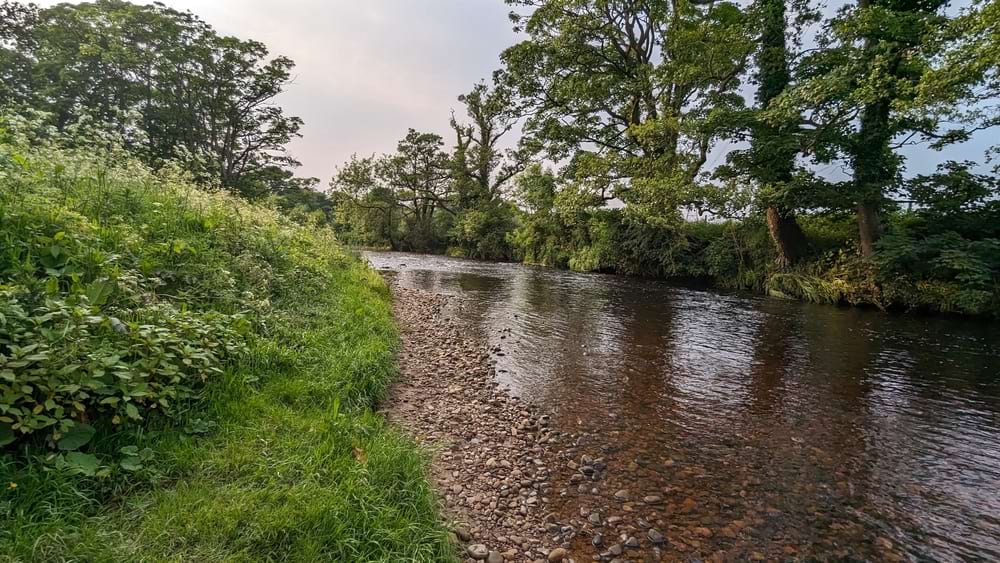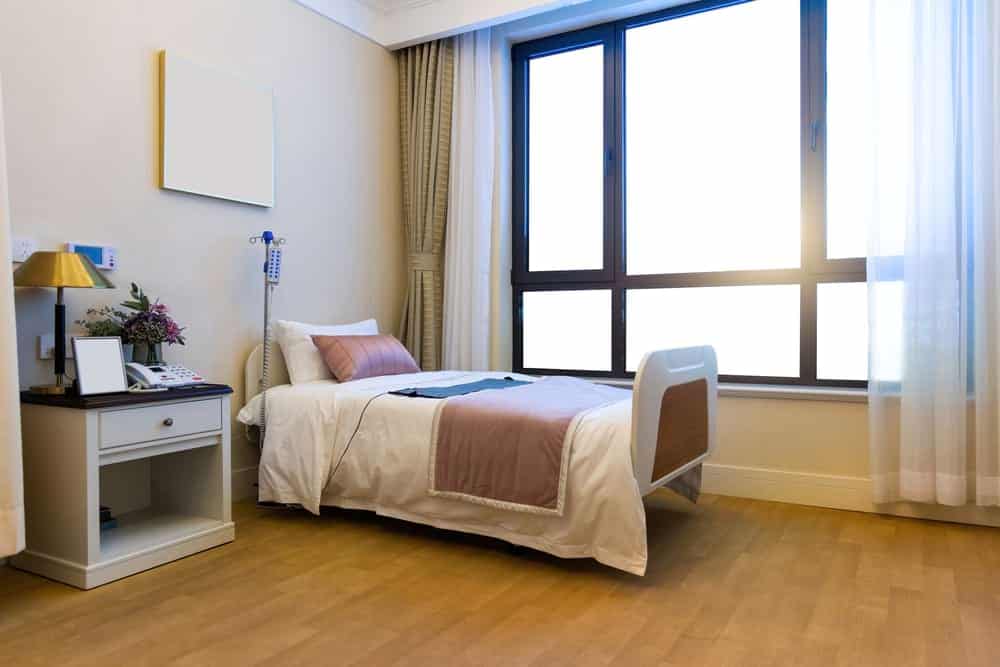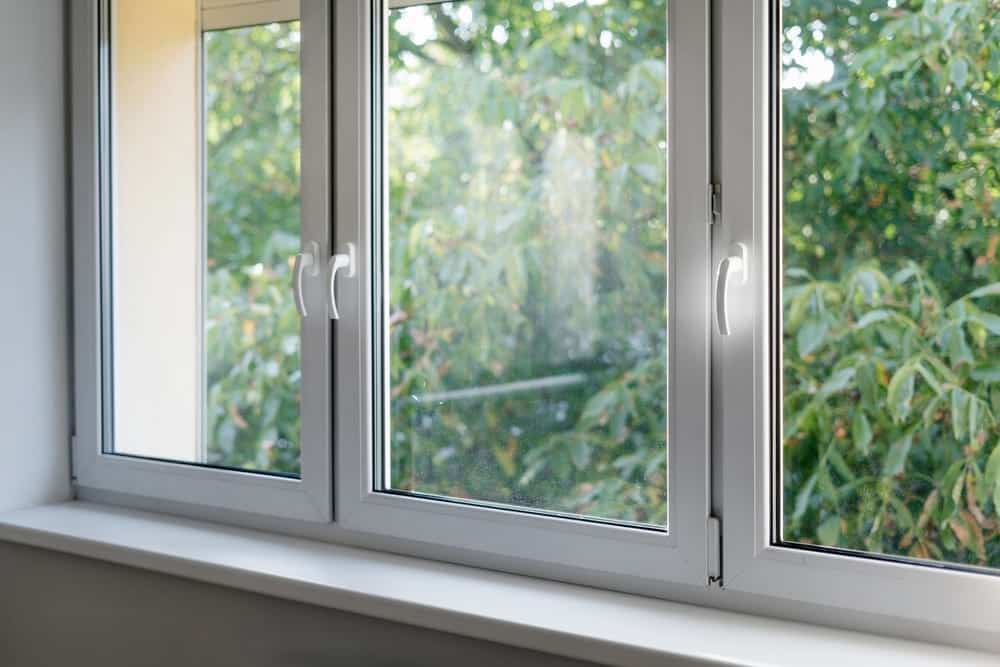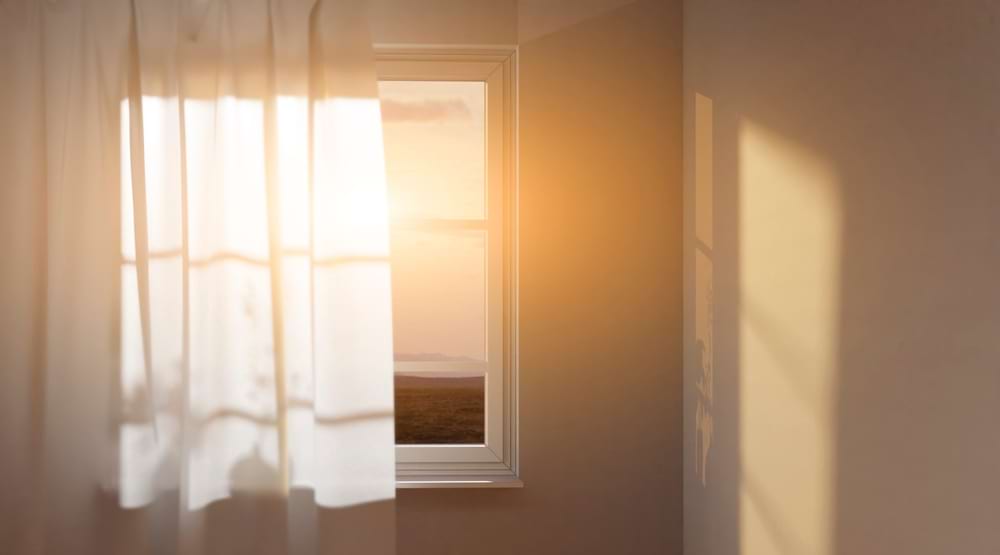There are several different house pests in the UK, ranging from rodents to fungi.
One of the common types from the latter category is dry rot.
Read on to learn what it is, how to identify it, and ways to remove it.
What is dry rot?
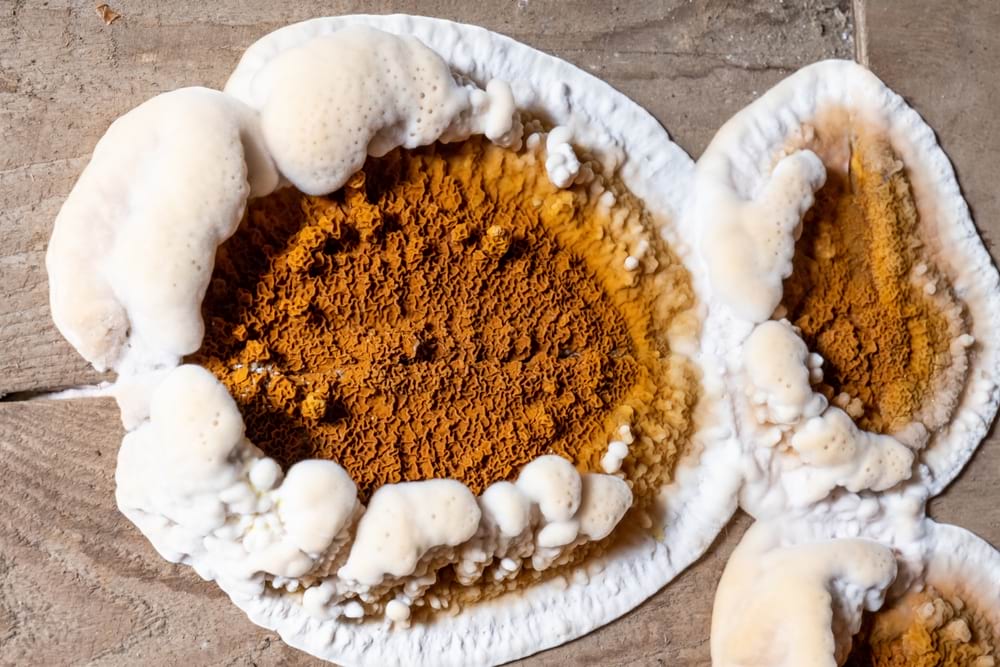
Dry rot is a type decay caused by the fungus Serpula lacrymans.
The name Serpula lacrymans comes from Latin. Serpula is the genus (category), meaning ‘creeping [like a serpant]’. Lacrymans means ‘making tears’.
It primarily affects wood but can spread to other materials (such as plaster), too.
Dry rot’s potential impact
Dry rot spreads when it isn’t dealt with. You will find it in more parts of your home.
Initially, it can simply damage the appearance of wood in your property. Later on, it causes tangible damage.
As they become weaker, timber frames, floorboards, roofs, etc., will weaken and collapse.
In summary, it could cause property to fall into bad condition or even become derelict.
How to identify dry rot
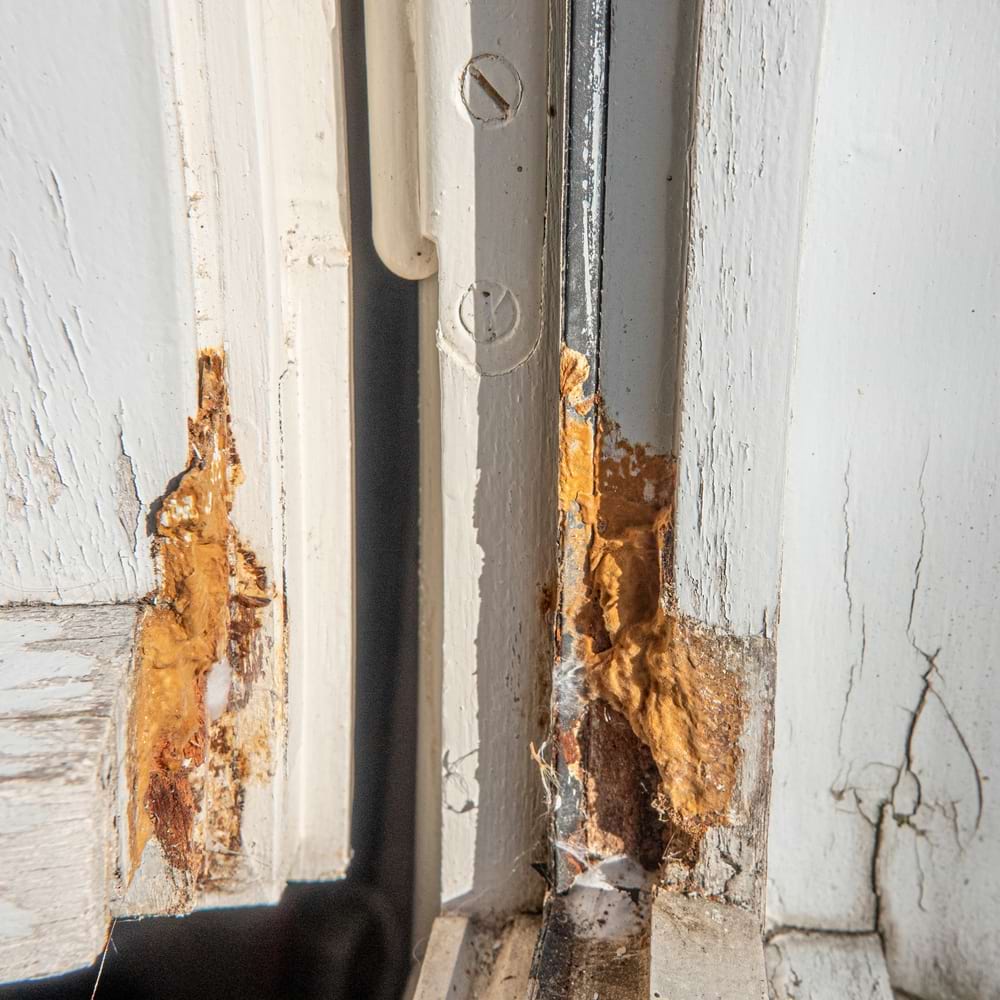
Dry rot causes wood to appear dark and dry.
It can also exhibit grey or white fungal growth, along with mushroom-like structures that may be orange.
Dust from spores could also be seen, which tends to be orange or brown.
Wood infected by it will eventually change shape and crumble.
Dry rot vs wet rot: Key differences
While both are fungal timber decays, wet rot and dry rot are different.
Wet rot needs very damp conditions, around 50% timber moisture content. It typically stays localised to one area.
Dry rot is far more aggressive. It only needs about 20% moisture content and can spread throughout a property, including to non-timber materials.
How common is dry rot?

Dry rot is common in the United Kingdom, primarily due to high moisture levels caused by the climate.
Most experts agree that well over 1 million properties in the UK have damp problems. All of these are susceptible to dry rot.
It’s typically found in the following locations:
- In/underneath flooring
- Behind walls
- Basements
- Under stairs.
Older buildings are the most vulnerable to dry rot. They often have worse ventilation and more dark areas with wood.
What causes dry rot?
Moisture levels
Dry rot thrives when moisture levels are between 20% and 40%.
Moisture can be generally seen and felt in properties. One simple test is to place a paper towel on the surface.
However, a more accurate way is to use a hygrometer. These are relatively cheap, they retail for between £6 – £35.
Darkness
Dry rot thrives in dark, damp areas of properties.
The darkness itself is not the cause of dry rot but a potential indicator of poor ventilation and a favourable condition for its growth.
Light can inhibit the development of its hyphae (root-like structures).
Lack of ventilation
Like darkness, a lack of ventilation is not the direct cause of dry rot. However, it’s a factor in creating stable conditions for dry rot to thrive.
Steps for removing dry rot
1. Get an assessment from an expert
A professional can assess the situation and give you an informed, accurate judgement.
This ensures you don’t make mistakes or take the wrong action to deal with it.
They will usually offer to handle everything for you. It’ll come at a price, which is at least several hundred pounds. It’s also likely to involve a few visits.
2. Remove all damaged wood
Once you’re aware of the situation, you need to remove the damaged wood.
If done early enough, this can prevent structural problems.
Remember that dry rot often spreads beyond the visible area, so it’s better to be safe than sorry during this process.
You’ll then need to replace this wood (see more below).
3. Treat all remaining wood
Fungicide or wood hardener are both ideal for this.
These substances will kill the remaining spores, which are almost certainly in the rest of the wood.
If you don’t do this, the problem is likely to reoccur.
4. Replace removed wood
There will be major gaps where you have removed large chunks of wood. These need to be replaced for both aesthetic and safety reasons.
Otherwise, floorboards could be missing. Or the structure of major objects will be weakened.
Ensure that you use the correct type of wood during the replacement.
And ensure that you leave enough time after applying the treatment for it to take effect.
5. Ongoing prevention
Preventing dry rot from re-occurring is easier said than done.
However, most of the factors are in your control.
Ensure that all rooms are adequately ventilated and test (or get tested) the moisture levels of your home.
Dry rot’s impact on property value
Dry rot can decrease the value of your house.
Buyers will be put off by this fact. Nonetheless, you must disclose its presence or you might be sued for damages if the sale already occurred.
Major cases of dry rot (especially when load-bearding areas are infected) could reduce your house value by roughly 25%. Smaller instances will only reduce it by around 15%.
You should also demonstrate that an expert has looked at the situation. If they’ve given a report, or a treatment plan is in-place, then this will help.
The area affected and the type of wood used will impact the repair costs.
Buyers will often struggle to get a mortgage on a house with dry rot.
If you can’t find a buyer on the open market, you can fix the situation before selling.
Or you can consider selling the property in bad condition. This involves either using a property auction or selling to a cash buyer (like We Buy Any Home).




